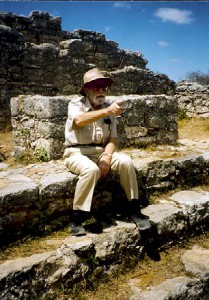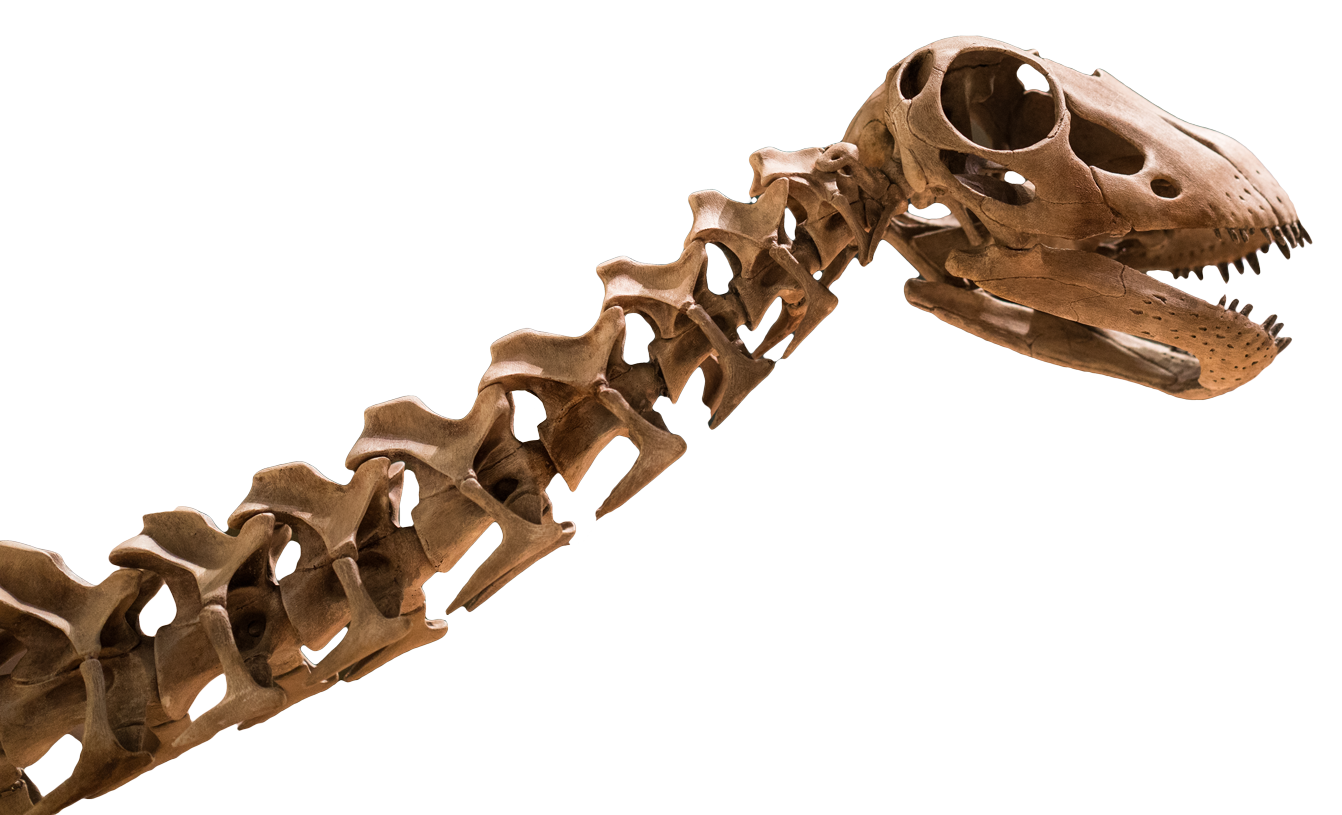The textiles woven by Maya women have long been appreciated for their beauty and sophistication. Using just a simple backstrap loom (also known as a stick loom), highland Maya women create intricately brocaded blouses for themselves and clothing for their families. In the Yucatan and areas with a more temperate climate, women take advantage of the colorful array of embroidery thread available to embellish their families’ lightweight cotton clothing. Thanks to women’s skill, creativity and ingenuity, textiles produced by the Maya people are attractive and utilitarian. But while the textiles of the Maya can be appreciated solely for their aesthetic value, this is an inherently limited interpretation. Maya textiles are much more than pretty pieces of fabric. The clothing traditionally worn by the Maya communicated a lot of information about the wearer, including his or her social status in the community, his or her ethnic group, and the area in which he or she lives.
This exhibit of the Sam Noble Museum’s collection of Mayan textiles will point out some of the various messages that Maya clothing communicates. This collection was assembled over many years, in large part by John C. Pitzer, and represents many of the diverse Maya communities in Mexico and Guatemala.
John C. Pitzer
 John C. Pitzer almost singlehandedly built the Sam Noble Museum’s Maya textile collection. What began as a sporadic and informal relationship between Pitzer and the museum developed into the type of partnership of which most museums dream.
John C. Pitzer almost singlehandedly built the Sam Noble Museum’s Maya textile collection. What began as a sporadic and informal relationship between Pitzer and the museum developed into the type of partnership of which most museums dream.
Pitzer started donating Maya textiles to the museum in the 1980s. Though he had no formal training in textile arts, he knew what he liked and had an eye for quality. Pitzer continued donating textiles to the museum in the ensuing years.
Most important to Pitzer was developing a collection of Maya textiles that was representative of all the Maya areas and of all the clothing styles in these areas. Thus, the collection includes clothing from the highlands and the lowlands, from women and men, from adults and children, from everyday clothing and outfits worn on special occasions.
Even a brief conversation with Pitzer conveyed his excitement about Maya textiles. And this excitement was extremely contagious. Through his efforts, Pitzer recruited other donors, raised funds to support the development of the Maya textile collection, and established strong relationships with museums and textile vendors in Mexico and Guatemala. He envisioned that the museum’s Maya textile collection would become one of the premier collections in the world. Thanks to his efforts, this is now a reality. As it stands, the Maya textile collection is the largest single collection in the museum’s division of ethnology.
This website shows only a fraction of the collection that John Pitzer assembled, but in its present web-based format, the museum is able to display more of the textiles and present more detailed information than could be provided in a traditional gallery exhibit. Also, this format will allow people all over the world to view and appreciate the Pitzer collection. Pitzer was incredibly excited about the exhibition of these textiles, as well as the possibilities of a digital exhibit. Unfortunately, Pitzer passed away shortly before seeing this exhibit become a reality. He was traveling in Mexico and Guatemala at the time, adding to the museum’s growing collection of Maya textiles.
This website was created by Rhonda S. Fair, during her time as a graduate research assistant in the museum’s division of ethnology, under the supervision of Jason Jackson, Ph.D., curator for ethnology. The website was created using Macromedia Dreamweaver 4 for Macintosh. Photographs of the entire Pitzer collection of Maya textiles, some of which are featured in this exhibit, were taken by Fair as part of this project. These photographs were edited with Adobe Photoshop 5.0 LE for Macintosh. Fair’s position was funded by the museum. The invaluable service of cataloging and describing each of the textiles donated by Pitzer was provided by Yoana Walschap. Trained in the analysis of textiles, Walschap meticulously analyzed each item as it was donated. Her position was funded through donations by Pitzer and his associates.
This page and the associated pages related to Maya textiles were edited by the Ethnology Collections Manager, Christina Naruszewicz, in March 2018 to better reflect current copyright and academic standards.


